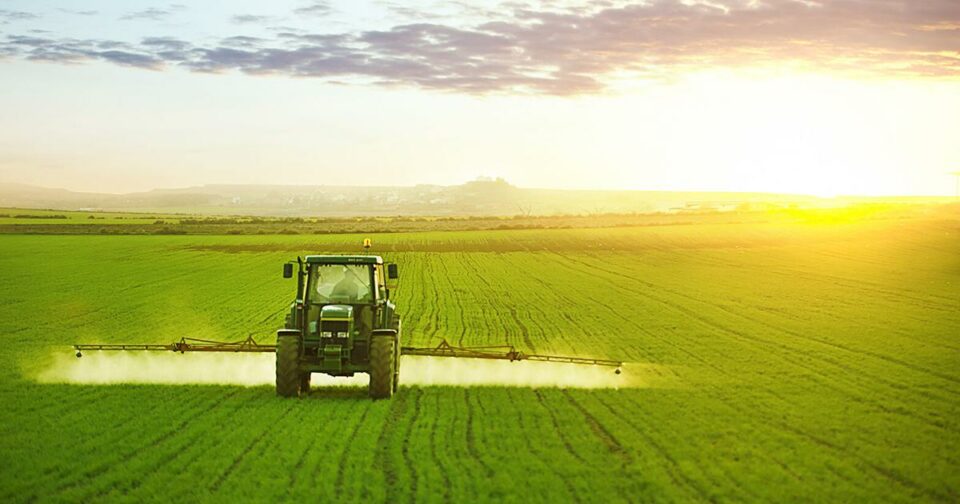U.S. crop farmers and farm supply cooperatives are facing operational anxiety heading into 2022, driven by high fuel prices, shortages of agrochemicals and, most importantly, the parabolic rise in fertilizer prices, CoBank analysts said in a new report.
Nitrogen production shocks, tight global supplies, rising natural gas inputs and steady demand are pushing prices up.
“While the situation will eventually correct itself, our analysis suggests that high fertilizer costs will persist into the spring 2022 planting season at minimum,” the report said.
The benchmark Green Markets North America Fertilizer Index has risen 265% since May 2020 to an all-time high, and there is little reason to expect it to reverse anytime soon, the report said.
Three issues are behind the rise in prices and the further tightening of supplies, according to the analysts.
Higher prices for natural gas due to production stocks between July and October 2021 in China and England is one. It is a feedstock for nitrogen fertilizers.
The rise in gas prices resulted in higher prices of phosphate and urea fertilizer produced in China and higher prices of ammonium nitrate fertilizer produced in England.
Another issue was the temporary shutdown of CF Industries’ fertilizer plant in the Donaldsonville, La., facility — the world’s largest nitrogen operation — due to power outages caused by Hurricane Ida in late summer.
The other issue is fertilizer restriction by China and Russia and countervailing tariffs on urea ammonium nitrate solution imports to the U.S. from Russia, as well as Trinidad and Tobago, combined with economic sanctions placed on potash imports from Belarus.
The report also identified factors that could send fertilizer prices even higher:
• Global supply constraints of nitrogen due to European plant shutdowns, lower production or restricted fertilizer exports by the Chinese or Russian governments.
• Higher natural gas costs this winter due to rising demand, related to low temperatures and continued economic activity, that would keep ammonia and urea prices high.
• Expansion of U.S. and Brazilian crop acreage to satisfy export demand from China and biofuels consumption.
• Labor shortages, principally a shortage of truck drivers to deliver fertilizer across the U.S.


